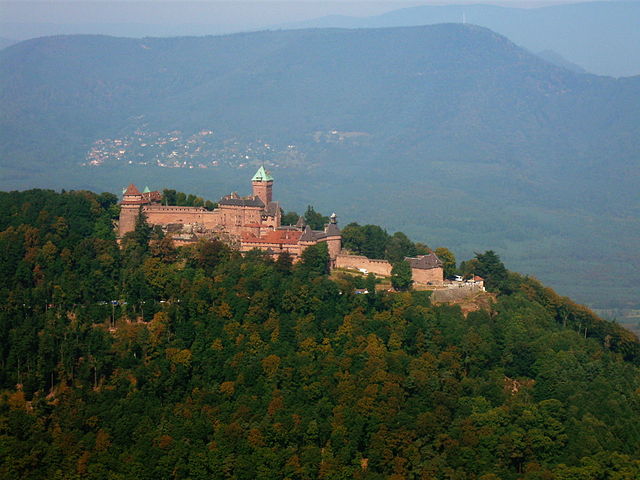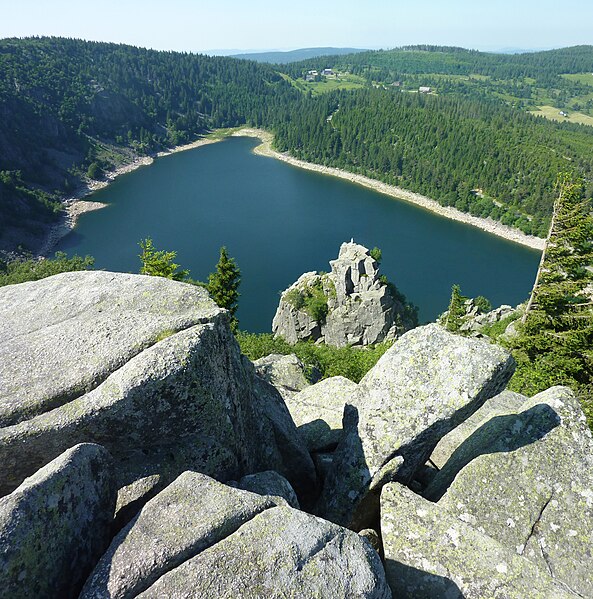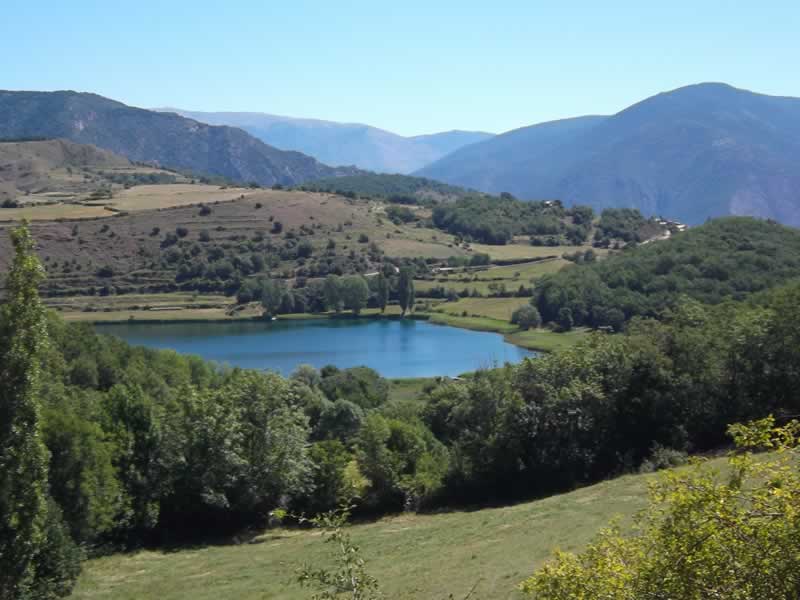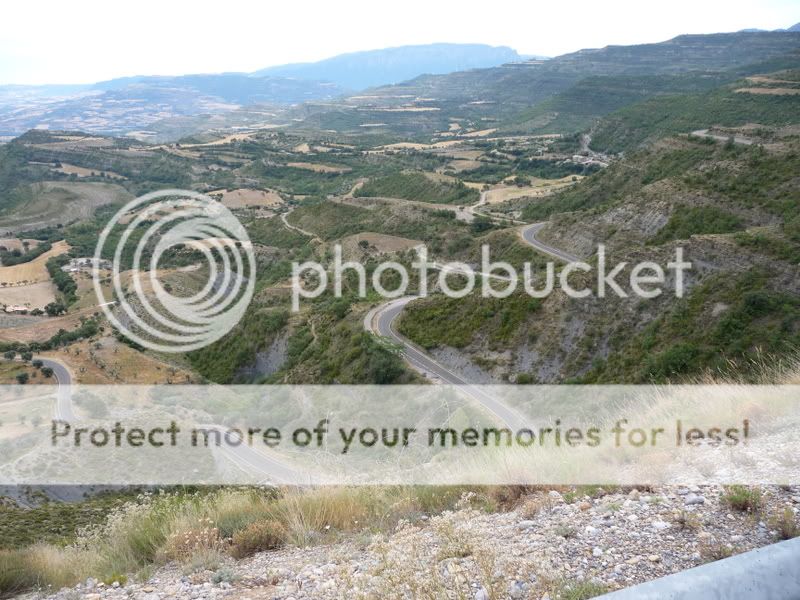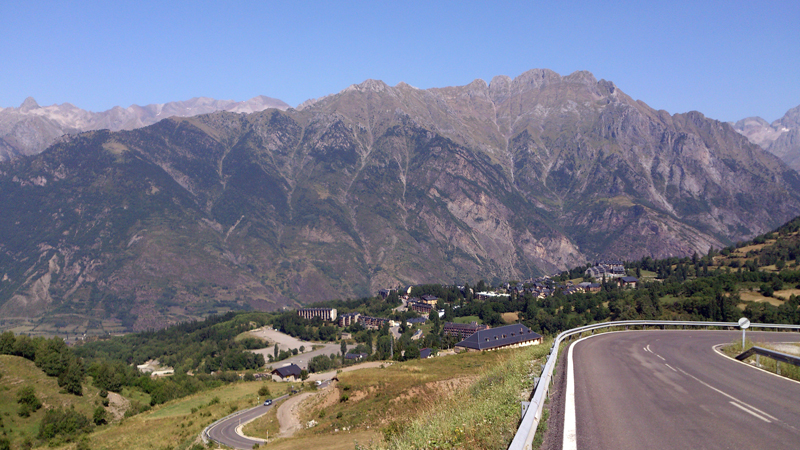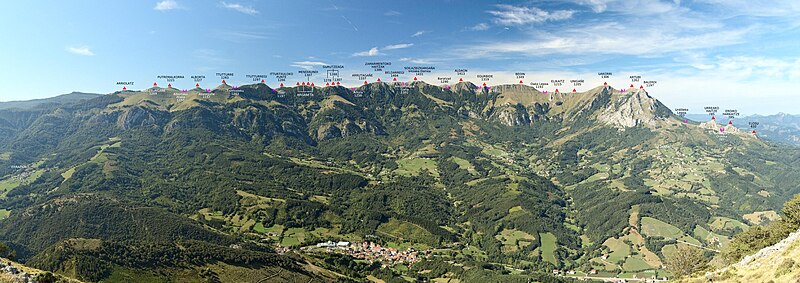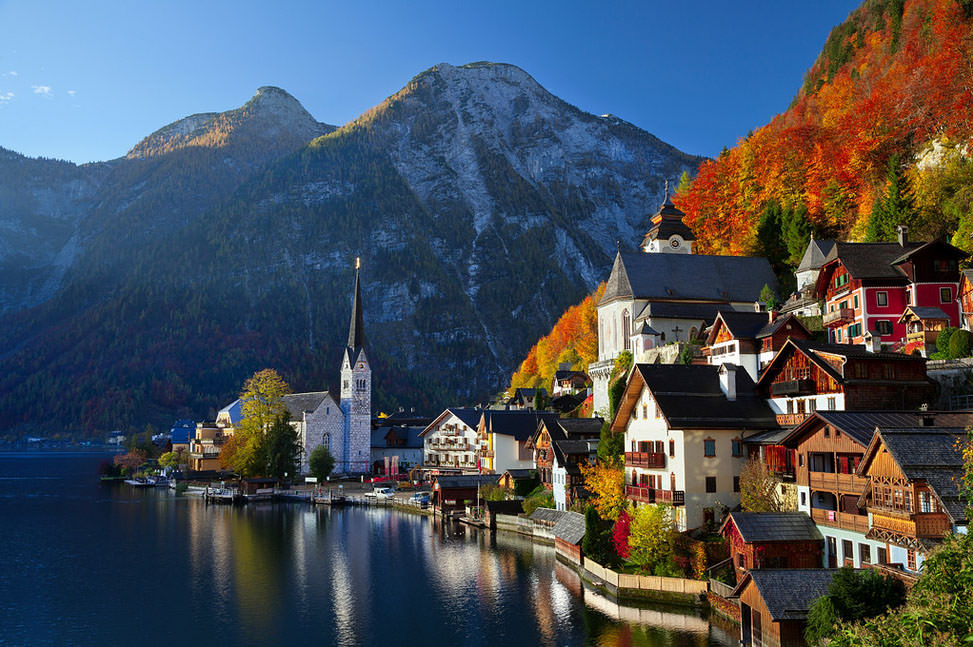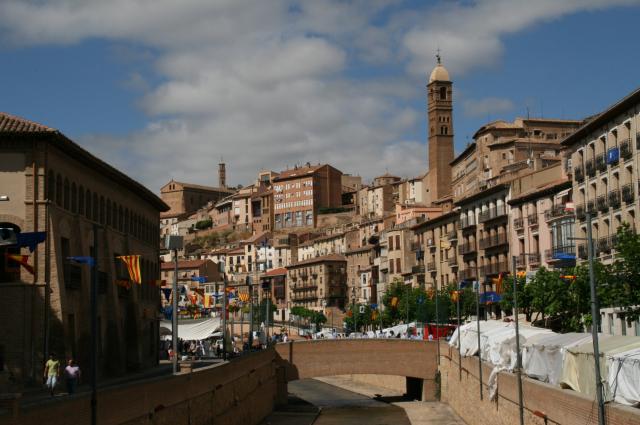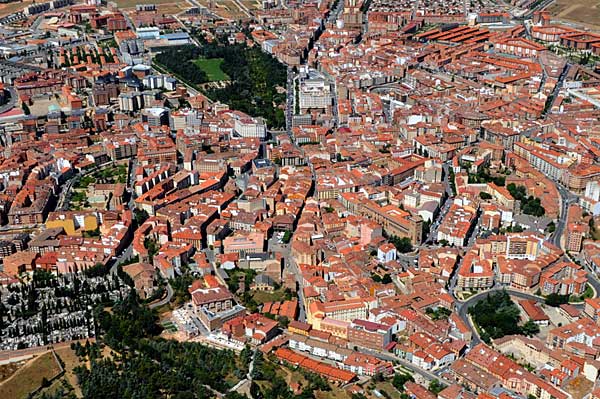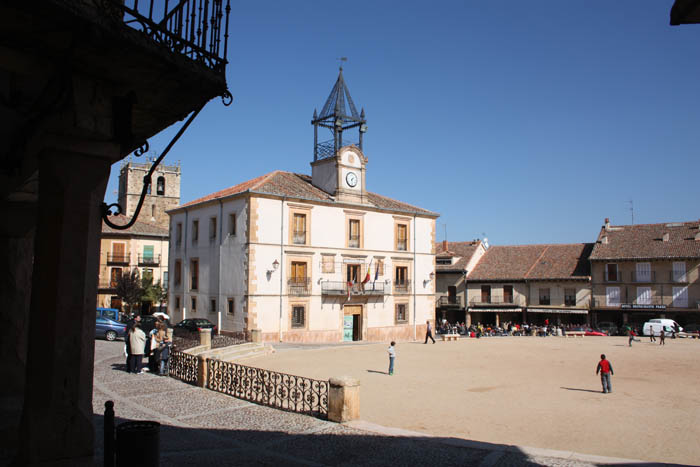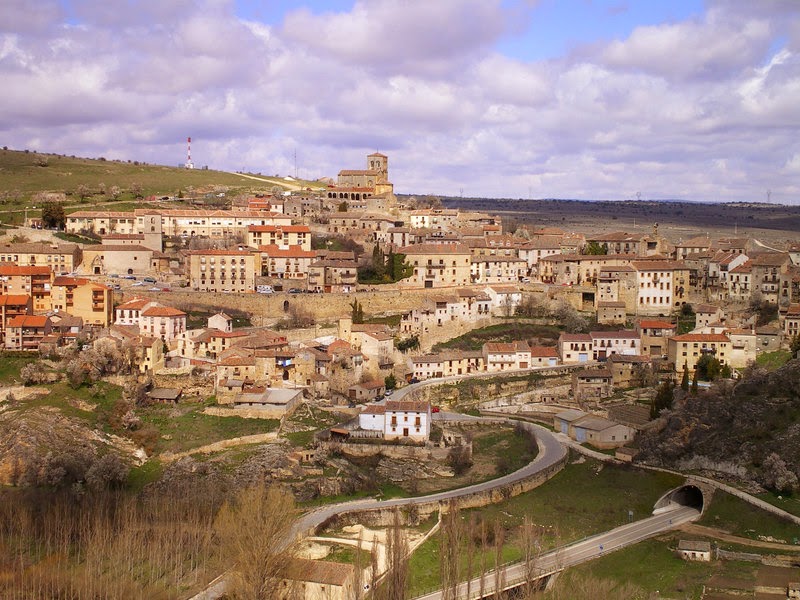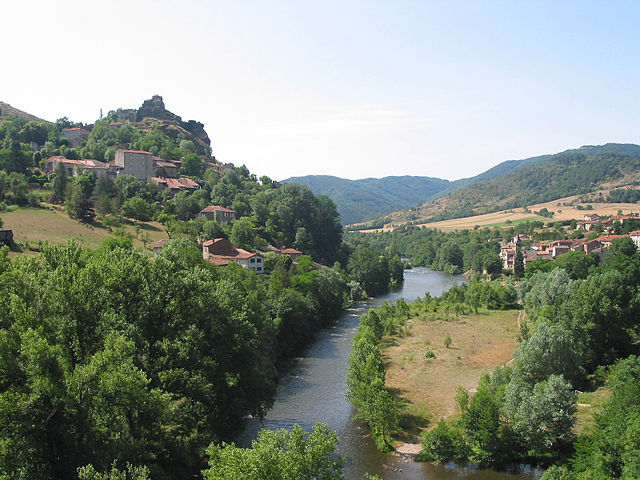That Vosges stage is a monster!
Stage 17: Andorra la Vella - Estación de Esquí Aramón-Cerler, 191km
GPM:
Port del Cantò (cat.1) 25,6km @ 4,2%
Coll de Bretui (cat.2) 9,6km @ 4,8%
Coll de la Creu de Perves (cat.2) 13,6km @ 4,4%
Coll d'Espina (cat.2) 6,3km @ 6,5%
Alto de Ramastué (cat.2) 5,0km @ 7,9%
Estación de Esquí Aramón-Cerler (cat.1) 11,8km @ 6,1%
This is more of a "classic GT route" and more of an ASO-mould route as well than normal; a lot of the time the Vuelta, both in real life and in my designs, likes to have a big mountain stage on the penultimate day of the race; instead, this is the final chance for the climbers to make their mark on the race. And it's another classic.

We're starting where we left off, in Andorra's capital, on a pretty traditional Vuelta trip that I've made a few amendments to to spice things up a little. The Vuelta has comparatively few traditional mountains; it did not have a mountaintop finish until the introduction of Aramón Formigal (another skiing resort run by the same organization as today's finish) in 1972, and then the first few MTFs were at places like Arrate and Urkiola which were off the menu from 1979 onwards due to the race avoiding País Vasco. It has quite the tradition of repetition in the parcours, especially in the 80s and the first half of the 90s, but since the move from April to September the route has become progressively more varied and new mountains are being sought. There are still a great many left to discover, and many I've used in my routes (and others in theirs) are undiscovered by Unipublic as yet, but the number of "long forgotten" summits is few (Formigal was dormant from 1977 until its return in 2013; Fuente del Chivo returned last year for the first time since 1993; Peña Cabarga went unused from 1979 to 2010 but has since become a regular. Perhaps the clearest one for reuse is Rasos de Peguera, used twice in the early 80s, dormant until 1999, then abandoned since) and those most supportive have been fixtures of the route with regularity (Lagos de Covadonga was used every year bar two from its introduction to the Vuelta in 1983 to 1997, for example). Considering how supportive and traditional it has been for the race, therefore, it is strange that it's now nine years since we last saw Cerler in the race. But we'll come back to that later.
Just about the first thing we do in the stage is return to Spanish soil via La Seu d'Urgell, which was discussed previously in the Tàrrega-Andorra stage. We then take on one of the traditions of racing in this area, the monolithic, but not overly scary,
Port del Cantò. As you can see from the profile, apart from that first 6km or so, there's not a great deal to truly fear in this ascent, which is wide and sweeping and is pretty well known to anybody who's raced in this part of the world, since like the Tourmalet to the northwest it's a difficult-to-avoid trunk road connecting supportive racing valleys.
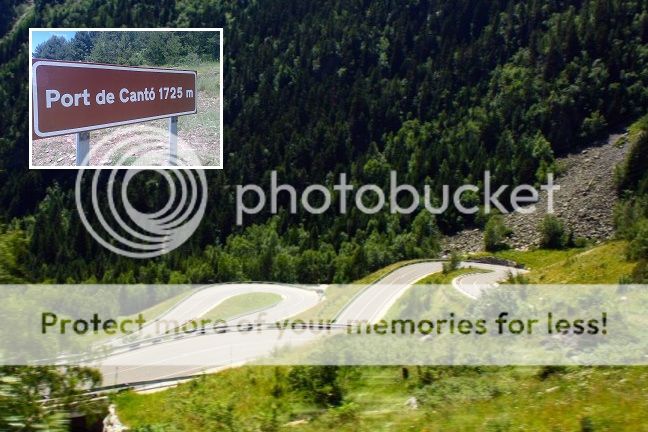
The side we descend is the tougher one, but both of them are fairly benign; it is their length and inconsistency that makes them frustrating. Nevertheless, it's a fixture of the Volta a Catalunya and also well known to the Vuelta and, when in the area, the Tour de France (which uses it in the Vielha-Arcalis stage in 2016... note to self: 7 Vueltas and you've done nothing in the Val d'Aran, surely you can find something more interesting than Pla de Beret '08 to do there?). The Port del Cantò is also the biggest climb we'll face today in terms of length and the biggest challenge until we get to the final climb - although we have four second category climbs to keep the riders busy and make sure some tired legs are in the bunch when we get to Benasque. The first of these is the
Coll de Bretui, a two-stepped ascent which is sometimes omitted from Vuelta stages heading towards Cerler in this direction, but was used the last time this approach was taken, which was in 2005. That also followed an Arcalis MTF and therefore the stage shows
more than a striking resemblance to mine - with this being an attempt at a more "classic" Vuelta with more normal gradients, however, that does mean some retro-looking stages which resemble old Vuelta moments, just amped up a little to do what we can to improve them if necessary (such as use the Andorran passes that weren't available at that time). Bretui consists of 4km at 7,5%, then a kilometre's descent, then another 4km or so at a more benign 5% type gradient. At the top, there's the scenic Estany de Montcortès.
The descent into Senterada takes us onto our next second-category challenge, the gradual
Coll de la Creu de Perves, a sweeping climb which consists of around 7km of false flat that gradually builds up to a final 6km at 6,5% over wide roads that, scenery-wise, skirt along the boundary between the Pyrenean heights and the sun-swept lands of the foothills below. It's always been used mid-stage and usually linking Cerler with Andorra, whether it be from this side (as in 1998 and 2005) or the opposite, two stepped side (as in 2007). Like Port del Cantò, it's an almost unavoidable trunk road when linking these two regions (as opposed to Bretui, which can be skirted around and ignored from the route if need be).
After this, the riders get their biggest respite of the day, around 20km of more-or-less flat terrain tilted only slightly uphill, and including the intermediate sprint in
Pont de Suert. This then leads on to another traditional ascent in the region, the double-headed summit of the Coll d'Espina (the eastern summit) and the Coll de Fadas (the western one). There are a few such summits around here (Boixols/Faidella, Tell/Jou, Serra-Seca) but this is possibly the most commonly-used one, although it hasn't been seen since the 2008 Vuelta when it was early in the
break-favouring stage 9, a transitional stage won by Greg van Avermaet; David Moncoutié got into the break, having picked up the mountains jersey with his stage win at Pla de Beret the previous day and seeking to keep it. We only categorize the first 6,3km to the actual col, but there is some up-and-down after that to the village of Las Paules, as you can see on
the profile. The Coll de Fadas is actually a slightly higher summit as you can see from
that side of the climb - however it is here that I deviate slightly from the historic template used in 1998 and 2005 and add in my secret weapon.
The small mountaintop village of Ramastué is one of the few ways (until that project to pave the Collado Sahún gets finished, if it ever does) that you can beef up a Cerler stage; it's nicely located backing directly from the Coll d'Espina (at the junction for Urmella on the profile of the Fadas side). Frustratingly, however, it's difficult to find a profile for. I can't actually find a profile for the side I'm using, so I've had to map it in cronoescalada. It's on streetview and looks to be absolutely fine, but in the event it's not we can always use the
normal side of the climb anyway, which just lengthens the stage by 3km and adds a little bit of false flat into it. The summit at the village is 26km from home, and then the riders can look down in to the Valle Benasque beneath them and see the town of Benasque itself, from which things are about to get mean.
The Aramón-Cerler ski station (also known as Cerler-Ampriu, or the Alto del Ampriu) was first introduced to La Vuelta in 1987, when it came at the end of week 1. The stage was
from La Seu d'Urgell and went over Port del Cantò, Creu de Perves and Espina and there are highlights
here. The stage was won by the underrated mythical climber
Laudelino Cubino, at the time comparatively unheralded; Lale as he was affectionately known was a classic pure climber; painfully inconsistent, prone to crashing out of races, losing bucketloads of time in the chrono...but on his day he could match anyone.
The climb returned the following year in an easier stage from Jacá, and this time Lale was in the leader's jersey. While he defended his lead, however, it was another great pure climber, Fabio Parra,
who took the stage. A year later and it was Perico Delgado who
took the win, the reigning Tour de France champion using it as a key weapon en route to taking the overall, and this time without the controversy of a few years earlier, although he couldn't take the time he needed on that particular day to overcome Omar "Zorro" Hernández. You know what I was saying earlier about how the Vuelta liked to repeat itself in that era? Yep, you got it -
Cerler was back in 1990, fulfilling the role it does for me here - the final mountain test. And this time it was won in the king of the mountains jersey, by Colombian Martin Farfán - in this era the Colombians really added a great deal of spice to the mountains of the Vuelta following Lucho's win in 1987. In
1991's snow-affected stage it was those other exóticos of the Vuelta startlist at the time, the Soviet team, who took the win courtesy of mighty climber
Ivan Ivanov, whose lopsided skillset meant he was of limited value in the rouleur races of the East, but led the Soviet attacks on the Vuelta in the mid-80s, with his most successful performance being 6th overall in 1989. He was allowed to escape because with the Andorra stage shortened and the Pla de Beret stage annulled by the weather, climbers were heavily disadvantaged against the time triallists; Miguel Indurain was being forced to race aggressively in the mountains to (unsuccessfully) wrest the jersey from the out-of-nowhere sensation Melchior Mauri who had stomped him in the time trials (!!!).
After a year out, the climb was back in 1993; the EPO era was in full effect by now, and Tony Rominger blasted his way to victory,
taking the stage with a large assist from Colombian mountain goat Oliverio Rincón. Lale Cubino was still around, climbing with race leader Alex Zülle a minute down the mountain as the speed of ascents started to, well, climb. Rominger repeated his performance, this time in the leader's jersey,
in 1994, his fourth of six stage wins as he became the last rider to wear the leader's jersey from start to finish in a Grand Tour. The climb was spared Jalabert fever in 1995, but in 1996
it was back - however with the EPO era at its worst, the triple-stepped ascent was no longer causing the same gaps to open up; despite this, victory on this mythical ascent was still the preserve of the great climbers, however behind Rincón's stage win a group of 9 came in together. In 1998 it was
the third of four mountaintop stage victories (and second in a row) for José María Jiménez, wearing the mountains jersey as Farfán had, in the midst of his team dissension with both Olano and Jiménez racing to win.
At this point, however, the Vuelta started to branch out, and gone was the era of constant repetition. Monte Naranco, seen every year from 1990 to 1997, was gone until 2013. Sierra Nevada disappeared until 2002. Cruz de la Demanda took a five year hiatus, then disappeared for good after 2001. Even Lagos de Covadonga had a couple of years out as new summits like Angliru and Abantos came to the fore. And so Cerler was forgotten about in La Vuelta until 2005, when in a stage identical to this one bar my inclusion of Ramastué,
Roberto Laiseka triumphed ahead of Sastre, Heras, Mancebo and Menchov. We last saw the climb in
2007, which I guess you could call the last "traditional" Vuelta with its use of a series of the historic ascents of the era - yes, Covadonga is very classic, but Cerler is a very 90s climb, Abantos became a tradition of the late 90s/early 00s era, and Arcalis reeks of late 90s/early 00s as well; only the storied Covadonga has returned to the race since. This stage saw Leonardo Piepoli show his greatness at cutting deals, working with Menchov with the Russian taking the leader's jersey, and shredding everyone en route to yet another mountaintop stage win, while the same surprise rider from the Arcalis TT I mentioned in 2005 became a surprise package in the Vuelta as Ezequiel Mosquera emerged at the business end of the results sheet.

So yes, I did just go through - with video links - each and every time the Vuelta has been to Cerler, which is 11 times. So I probably ought to say a bit about the climb itself. The all-important thing about Cerler is that, like other classic Vuelta climbs like Covadonga, it is inconsistent; 12km at 6% seems fair to middling really; however this is over three smaller ascents broken up by brief descents, and the last part of the climb is the easiest, making it harder to sit tight for the finale on.
So yes, that's about 4km at 8% into
the scenic village of Cerler itself, then a flat-to-downhill kilometre, then the toughest wall of the climb, which is where the real moves tend to be made, 2km at 9,5% before it eases up a bit, then a downhill kilometre before a final 3km at 6% but with each section ending with its easiest gradients, it's not a climb you can wait to make your moves on. Which is part of why it was initially such a hit with pure climbers like Cubino and Parra, but also part of why it's fallen from favour as with the modern seeking-out of hell-slopes to guarantee time gaps in the more conservatively-raced current era, a climb which is inconsistent but for Javier Guillén's current philosophy has all its toughest stuff in the "wrong" areas and doesn't include too many serious ramps at all is not going to seem ideal. Nevertheless, this is quite simply a legendary ascent in the history of the Vuelta, it
looks stunning and, with the current fad for resurrecting long-forgotten summits (in addition to those mentioned above - Naranco, Formigal, Fuente del Chivo - there's also Arrate which was seen in 1972 and then not again until 2012, and Valdezcaray which similarly was used every year from 1988 to 1991 before being superceded by its tougher brother, Cruz de la Demanda, from 1993 on, but was brought back in 2012) surely it can't be long before they acknowledge that they've got to pay Cerler a visit.












